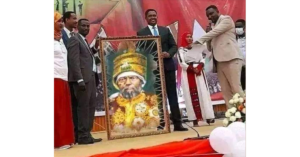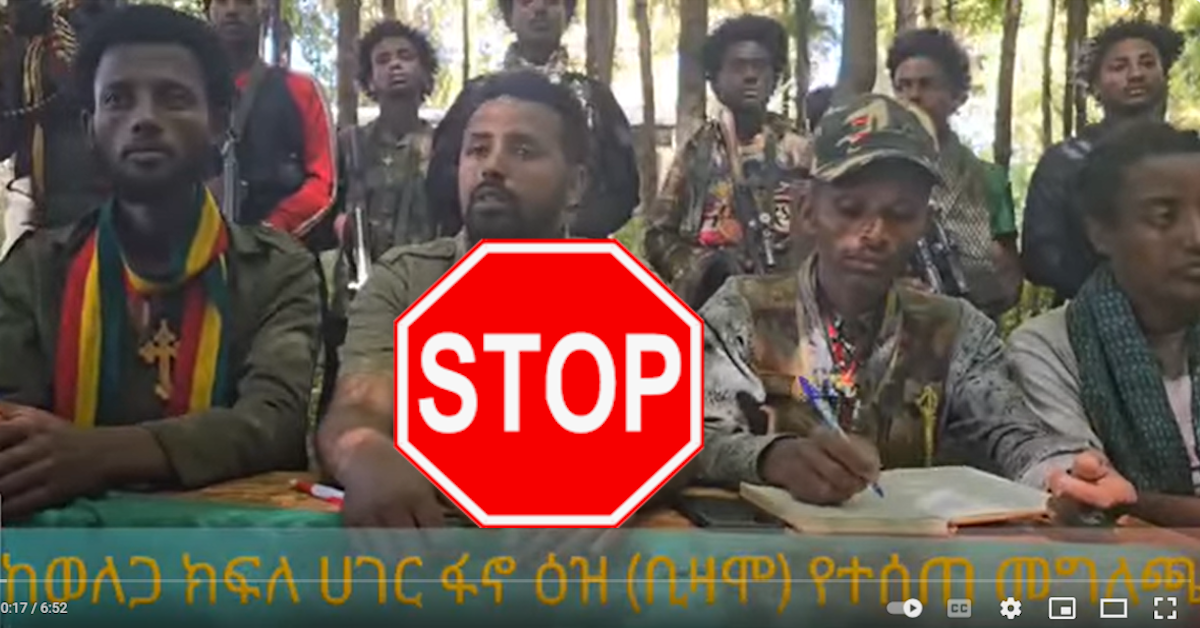In any civilized political landscape, certain admissions of failure or culpability warrant an immediate and unambiguous resignation. The recent statements by Shimelis Abdisa, President of the Oromia Regional State, serve as a glaring example of such a moment. His admission—albeit cloaked in a desperate blame-shifting exercise—exposes a dereliction of duty so profound that any leader in his position would find their role untenable. Yet, the issue goes beyond his words; it encompasses his actions, alliances, and the broader political decay he represents.
Ignoring the Unspoken Mega-Crimes
Before dissecting Shimelis’s admissions only, it is crucial to acknowledge the mountain of accusations he has neither addressed nor refuted. These include the heinous crimes committed by the Koree Nageeyaa death squad, which he allegedly convenes and oversees, and the massacres that have punctuated his tenure. From the execution of 14 Kayyoo Abbaa Gadaas to the recent assassination of the Oromo politician Battee Urgeessaa, the list is long and ghastly. These atrocities, coupled with countless extrajudicial killings, paint a picture of a governance structure complicit in terrorizing its own people.
However, let us set these aside momentarily and focus solely on what Shimelis has publicly admitted—actions that, even in isolation, justify his immediate resignation.
The Admission: Convenient Blame and Inconvenient Truths
President Shimelis Abdissa two days ago conceded that his administration failed to contain the incursions of the Amhara Fano militia into Oromia, responsible for widely publicized atrocities. His justification? He found it politically expedient to blame the Oromo Liberation Army (OLA) for the chaos, ignoring the well-documented ties between Amhara Fano and his own administration.
This Freudian slip, borne out of desperation, reveals more than just negligence. It exposes a leader who has not only failed to protect his constituents but has actively facilitated their oppression through alliances and actions that defy the principles of governance and justice.
Amhara Fano: A Creature of Shimelis and Abiy Ahmed
The Amhara Fano militia, now infamous for its genocidal campaigns, did not emerge in a vacuum. Its rise was orchestrated, funded, and armed by the Ethiopian federal government and complicit regional leaders, including Shimelis Abdisa. For detailed background information that compares and contrasts OLA and Amhara Fano, refer to Elemoo Qilxuu’s article.
1. Financing and Armament
The Oromia regional government, under Shimelis’s leadership, directly contributed to the early establishment of Amhara Fano as a formidable force. A striking example is the donation of 100 million birr—Oromia taxpayers’ money—to the Amhara regional government. Ostensibly an act of goodwill, this fund was a tacit agreement to collaborate against “common adversaries,” namely the OLA and other Oromo resistance groups.
Obbo Shimelis Abdisa: The Oromia president that paid taxpayers’ money to historical enemies to eradicate his brethren.
2. Political and Military Endorsements
Shimelis and his federal counterpart, Abiy Ahmed, have repeatedly lauded Fano, with Abiy famously declaring that Amhara Fano could roam as far as Somalia’s border without objection. The Field Marshal of Ethiopia’s army recently echoed similar sentiments, calling Amhara Fano his “brothers,” further legitimizing their actions.
3. Post-Tigray War Rewards
The Bahir Dar award ceremony for Amhara Fano members, hailed as heroes of the Tigray War, stands as a testament to the regime’s unwavering support for the militia. These gestures not only emboldened Amhara Fano but also provided it with a veneer of state-sanctioned legitimacy.
The Contradiction: Blaming OLA to Shield Amhara Fano
Given this history, Shimelis’s claim that the Oromia government cannot counter Amhara Fano attributing his administration’s inability to OLA is absurd. It is akin to a firefighter complaining about an arsonist while secretly supplying them with matches. The contradiction is not merely rhetorical; it underscores a deliberate strategy to obscure his administration’s complicity.

Why Resignation is the Only Option
Shimelis Abdisa’s leadership has become synonymous with betrayal—betrayal of the Oromo people, betrayal of the principles of governance, and betrayal of truth itself. His admission, when viewed alongside his documented actions, highlights a pattern of deceit and negligence that has culminated in the suffering of countless lives.
Political philosophers, from John Locke to modern theorists like Hannah Arendt, have emphasized the moral responsibility of leaders to protect their constituents. When leaders fail, they must either rectify their wrongs or relinquish their positions. Locke, in particular, argued that the legitimacy of government rests on its ability to safeguard life, liberty, and property. By this measure, Shimelis’s government is illegitimate.
A Call for Accountability
Shimelis Abdisa’s continued tenure is an affront to justice and governance. His attempts to deflect responsibility cannot erase the glaring evidence of his complicity in empowering Amhara Fano, nor can it excuse his failure to protect the people of Oromia. In a functioning democracy—or even in a minimally accountable autocracy—such revelations would compel a resignation.
Yet Ethiopia’s political landscape has long been characterized by impunity. Leaders like Shimelis remain in power not because they are indispensable but because the systems that should hold them accountable are either too weak or too compromised. This cycle must end.
In the absence of systemic accountability, the demand for Shimelis Abdisa’s resignation must come from the people he has betrayed. His actions have not only failed to protect them but have actively endangered their lives and undermined their aspirations for self-determination. If leadership means anything, it must mean taking responsibility—and for Shimelis Abdisa, that begins with stepping down.


